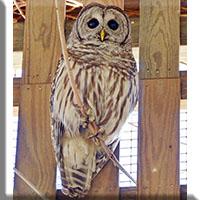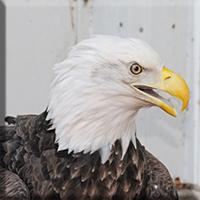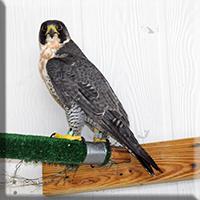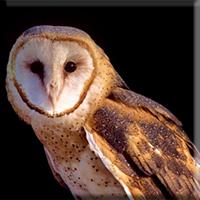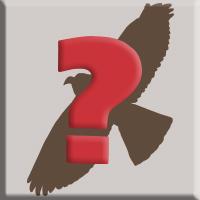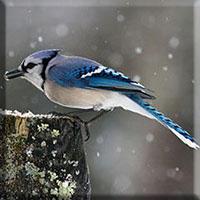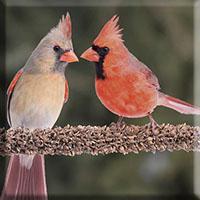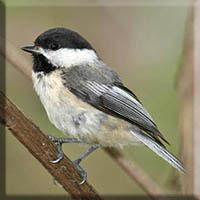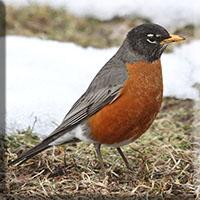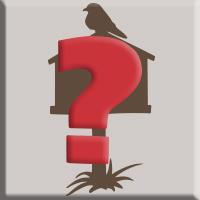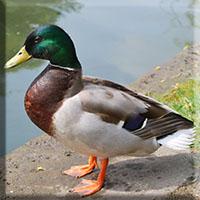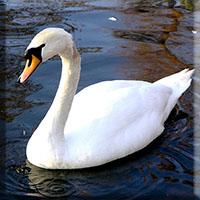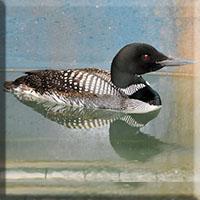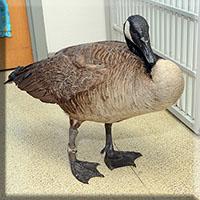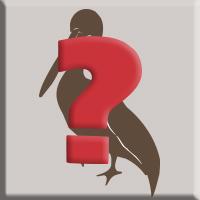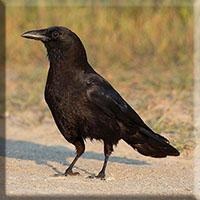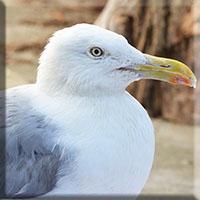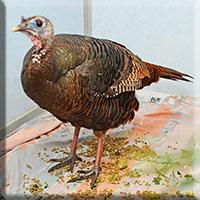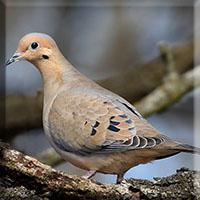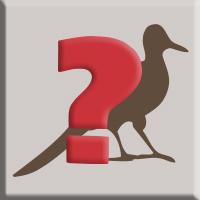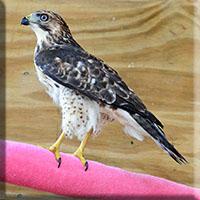
What To Do If You Found a Sick or Injured Baby Bird
Determine if the Baby is a Nestling or Fledgling
A young bird’s best chance for survival is with its parents. First, we need to assess whether we need to do anything.
Nestling
If the little bird does not have most or any of its adult feathers, it is called a nestling (see photos of nestlings below).
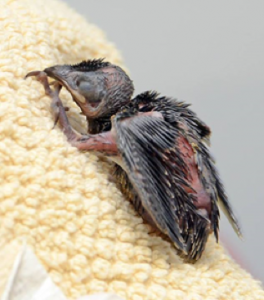
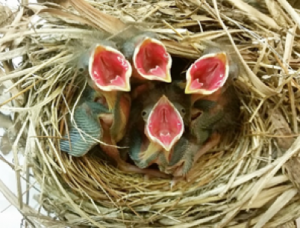
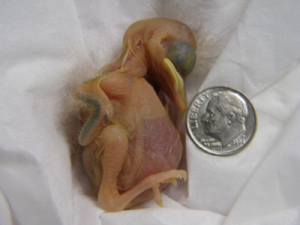
Nestlings sometimes fall from the nest, or the nest may have been disrupted by weather or predators. If the nestling is found on the ground, we can help it by returning it to its nest or back in a substitute nest so that its parents can continue to raise it. Here is more information about making surrogate nests.
Flegling
A fledgling is almost all feathered out, can hop around, and tries to fly (see photos of fledglings below).
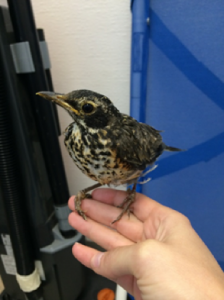
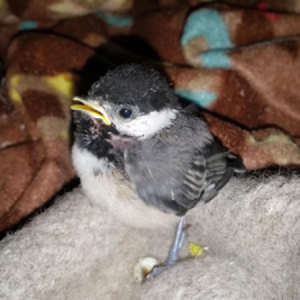
It is normal for young birds, called fledglings, to come out of the nest a little bit before they can fly and fend for themselves. Its parents are usually very attentive, and if you can observe it from a distance you will see the parents feeding it and encouraging it to fly. Though very vulnerable, the fledging stage is a very important part of the bird’s development. The best thing to do for a fledging is to leave it alone, keep the cats and dogs inside or on a leash, and keep people, small children and lawn mowers away. In some cases, it may be best to place the fledging off the ground in a bush, but it may not stay put.
After making sure the fledgling is safe, you need to observe and wait patiently to see if the adult birds are attending the little one. This can be the hardest part – waiting and watching from a distance so as not to disturb the parents. Quite often, it is hard to observe a nest from all 360 degrees, but if the little bird seems content and you see adult birds in the area, assume the bird is being cared for. Leave it alone. Again, a baby’s best chance for survival is with its parents.
Helpful Link
Confirm it is truly sick or injured
The following are indications that a bird may be sick or injured:
- The bird is quiet, dull, the eyes may be closed, and it has fluffed feathers (the bird looks “puffed up”).
- It may have an obvious wound, breathing problems, a drooping wing, or show lameness or an inability to stand.
- It does not fly away when approached. Learn how to tell if a bird that doesn’t fly away is a fledgling (a young bird learning how to fly)
- For further assistance on Transport, please refer to the "Who to Call for Help" section on this page.
Read More About What To Do If You Found a Healthy Orphaned Bird
What type of bird is it?
Choose the sick or injured mammal below to learn more about what to do.
